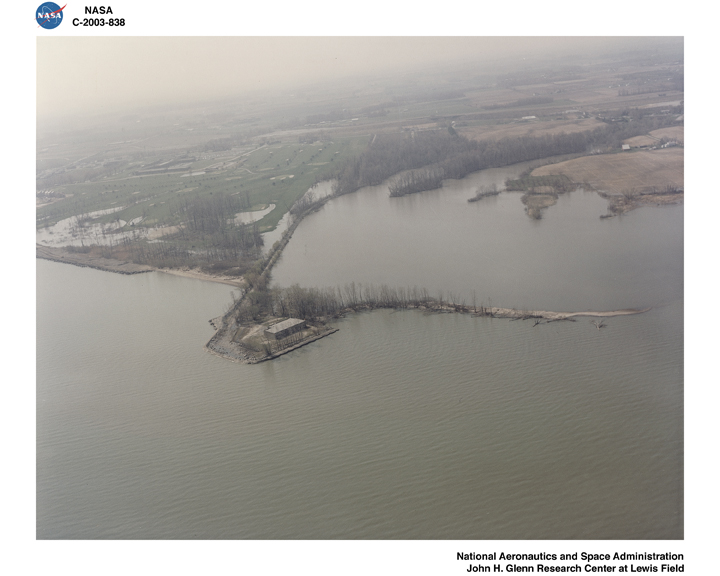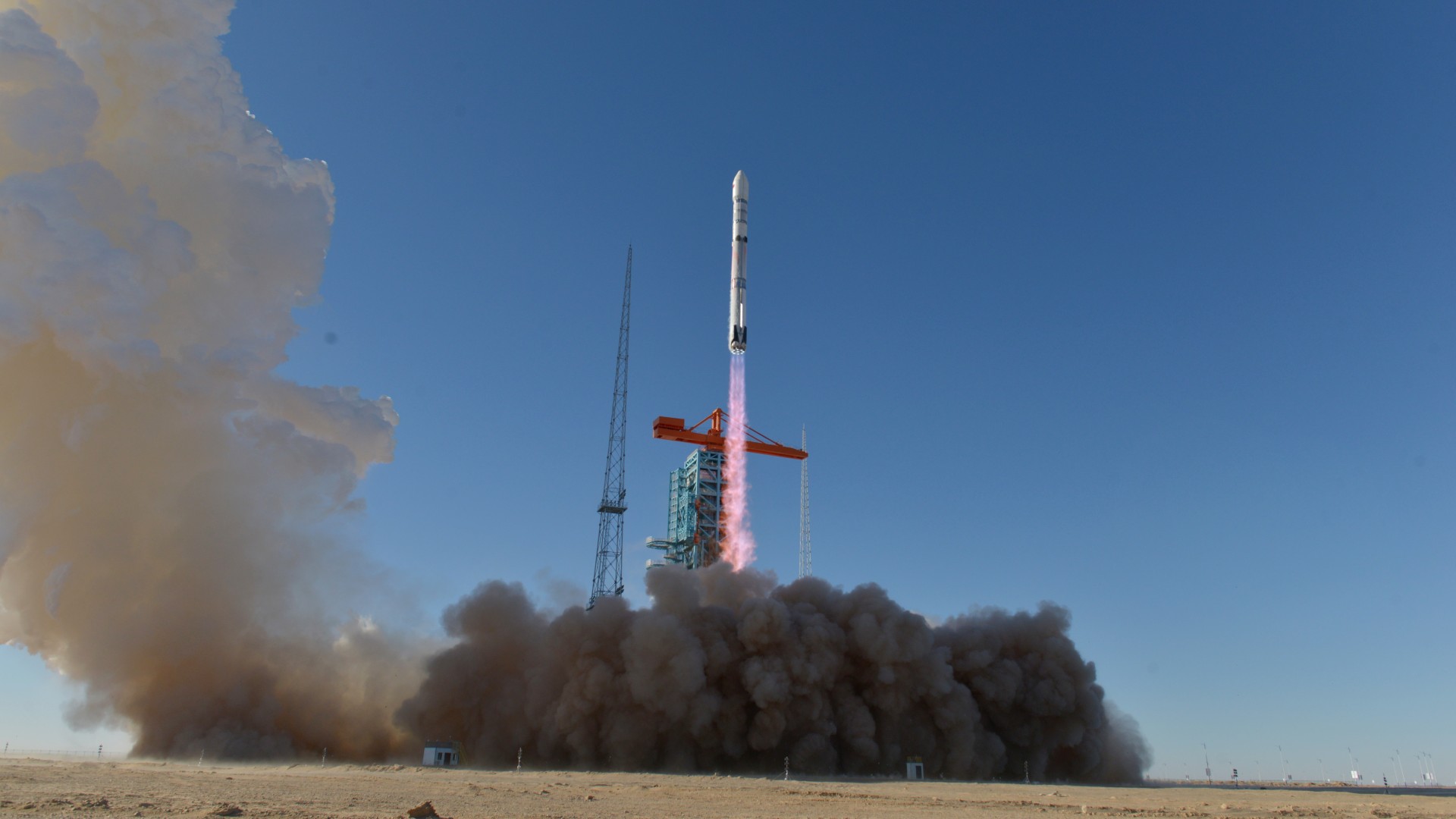Space History Photo: Plum Brook's Lake Erie Pumping Station

In this historical photo from the U.S. space agency, one of the two pumping stations Plum Brook had in 1983 to obtain raw water from nearby Lake Erie. The reactor required one million gallons of water daily for cooling, shielding, and dilution of radiation.
The main one was at Rye Beach (pictured) and the other was at Big Island. They were initially constructed in 1941 for the Ordnance Works and were closed in the late 1945. In March 1958, NACA assumed control of both facilities, but it took several years of repairs and cleaning before both would consistently function properly. They were connected to Plum Brook by 5.9 miles of 24- inch steel piping. Together, they could pump 51 million gallons of lake water per day.
The National Advisory Committeee on Aeronautics (NACA) was a precursor to NASA. NACA was created by Congress in 1915.
For more information browse the Plum Brook Facility Page.
Each weekday, SPACE.com looks back at the history of spaceflight through photos (archive).
Breaking space news, the latest updates on rocket launches, skywatching events and more!

The National Aeronautics and Space Administration (NASA) is the U.S. government agency in charge of the civilian space program as well as aeronautics and aerospace research. Founded in 1958, NASA is a civilian space agency aimed at exploring the universe with space telescopes, satellites, robotic spacecraft, astronauts and more. The space agency has 10 major centers based across the U.S. and launches robotic and crewed missions from the Kennedy Space Center in Cape Canaveral Florida. Its astronaut corps is based at the Johnson Space Center in Houston. To follow NASA's latest mission, follow the space agency on Twitter or any other social channel, visit: nasa.gov.
